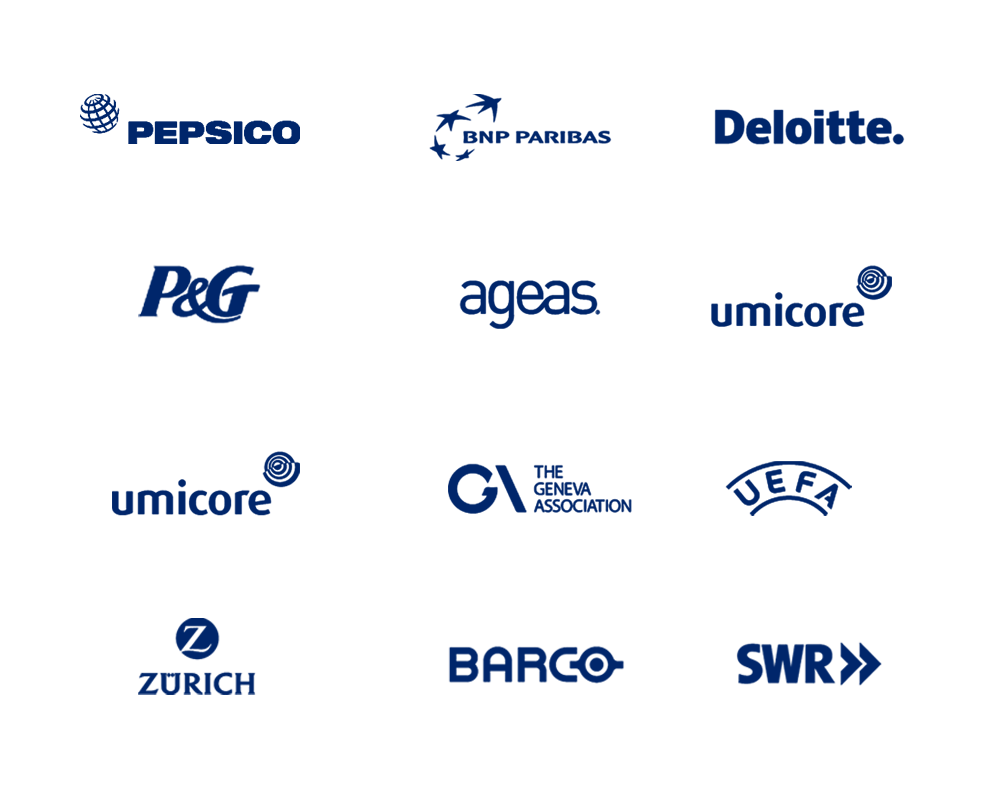Game On: The Technology Driving Resilience in Sports
In the journey to peak performance, resilience stands out as the cornerstone of success — both for athletes striving for gold and entrepreneurs building their empires.

In the journey to peak performance, resilience stands out as the cornerstone of success — both for athletes striving for gold and entrepreneurs building their empires. It's about turning tough times into big wins. In this blog post, we will dive into the similarities between sportsmanship and entrepreneurship.
The wearable revolution: monitoring to mend
In today's sports world, wearables are like having a 24/7 coach. They track everything from heartbeats to sleep, helping athletes stay in top shape and bounce back quicker from injuries. This tech can be seen as a two-way chat between players and coaches, tweaking workouts and rest days just for them. These wearables act as an early warning system, detecting the subtle signs of fatigue and stress that can precede injuries. For example, impact monitor stickers are used to foresee and manage potential soft tissue damage, avoiding severe injuries.

Similarly, gyroscopes and accelerometers are employed to monitor the precise movements of American football players, aiding in perfecting their plays and preventing missteps. Just as these devices safeguard the physical health of athletes, they also offer peace of mind, allowing athletes to push their limits with confidence, knowing that they're supported by a network of intelligent technology, keeping a vigilant watch over their well-being.
In the case of tennis, the Armbeep wearable sensor is instrumental in monitoring and adjusting training loads to prevent overuse and facilitate a safer return to form post-injury.
Playing the long game with predictive analytics
Predictive analytics is a game-changer in sports. This data-centric approach enables a more sustainable athletic career, balancing the need for peak performance with long-term health. Just as businesses use predictive models to navigate market changes and plot strategic courses, sports teams employ similar data science techniques to map out athletes’ careers, keeping them in play for the long run and ensuring that every sprint, swing, or shot is as informed as it is instinctive.

For instance, NBA teams use wearable sensors to check players' heart rates and movements. If something seems off, they can change the game plan to keep them safe. They also use motion capture to watch how players move and find ways to reduce injury risks. Plus, by digging into past performance and injury history, teams can spot trends that might signal trouble down the road.
With these tech tools, they're making sure the players we love to watch are healthy and always ready to put on a show.
Preparing for every scenario in virtual training grounds
Virtual reality (VR) transforms how athletes train in a digital space where they can sharpen their skills without setting foot on the field. This tech recreates every aspect of the game environment, from crowd noise to high-pressure moments, letting athletes practice in conditions that feel like real competition. VR boosts both physical prowess and mental focus, preparing them for the demands of big games.

In these virtual setups, they can run through plays repeatedly, improving muscle memory and quick thinking. This comprehensive preparation ensures athletes are ready for anything, with experience that feels as real as the game itself. But how does this apply in real life? VR allows soccer players, for instance, to revisit and correct specific plays—like a set piece gone wrong in a recent match—enhancing their strategy and decision-making for the next game.
Where Trendtracker steps in
In the dynamic arena of sports, a strategic tool like Trendtracker is key. Just as smart tech in sports gear helps athletes improve their game, Trendtracker helps businesses by giving them the knowledge to make better strategic decisions. With its advanced AI that analyzes vast online data, Trendtracker offers real-time insights and forecasts future trends across various industries, including sports. For a sports organization, this could mean leveraging Trendtracker to identify emerging fitness regimes, monitor health and wellness trends among athletes, or even track the rise of e-sports.
For example, a basketball franchise could use Trendtracker to identify trends in player performance, fan engagement, and emerging coaching techniques. These insights would not only inform training programs but also marketing strategies and fan experiences, ensuring the team stays ahead of the curve both on and off the court. The platform's ability to digest global news and deliver tailored insights means sports teams can make strategic decisions swiftly, much like a coach making a game-time decision.
Conclusion: gaining the upper hand with technology in sports
Technology has become indispensable in sports, offering an unparalleled advantage to those who adeptly harness its potential. From data analytics to immersive training tools, it's clear that technology is reshaping the competitive landscape. This surge in tech-driven strategies elevates performance and decision-making to new heights, ensuring that the pursuit of victory is as much about intellect as it is about physical prowess. For any sports entity, embracing these technological strides is not just an option but a requisite for sustained success and leadership in an increasingly digital arena.




.jpg)










